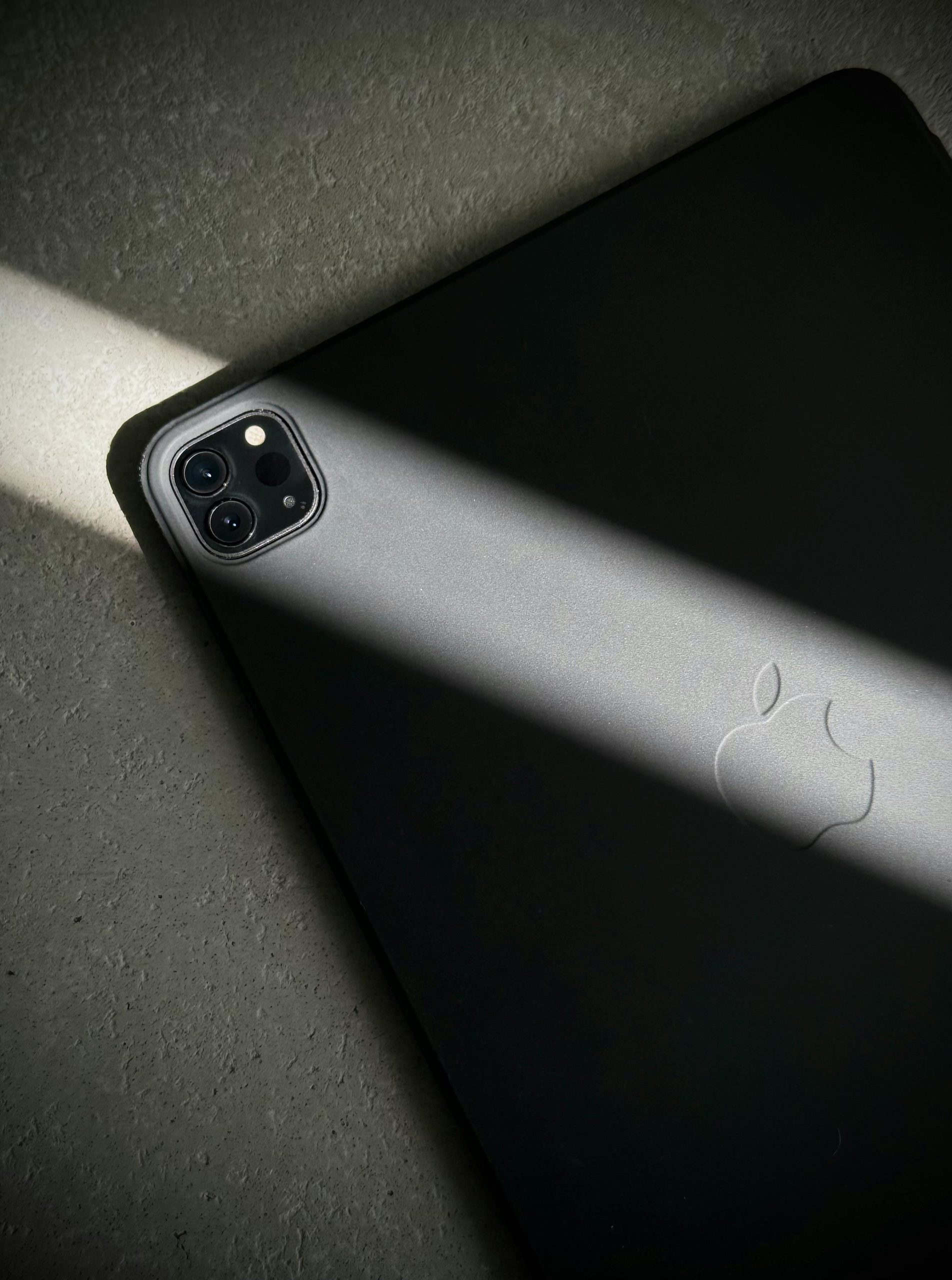Resolving the Black Screen Issue with Process1 Initialization Failure
Experiencing a black screen accompanied by a “Process1 Initialization Failure” message can be a frustrating hurdle, especially if you’re eager to get back to your work or gaming. Fortunately, this issue is often fixable with a few troubleshooting steps. In this guide, we’ll explore the potential causes of this problem and provide you with effective solutions to restore your system to normal operation.
Understanding the Problem
The “Process1 Initialization Failure” typically indicates that your operating system has encountered a significant issue during the boot process. This can disrupt your computer’s ability to load correctly, resulting in the dreaded black screen. Various factors can contribute to this malfunction, including corruption in system files, faulty hardware, or incompatible updates.
Common Causes
- Corrupted System Files: Essential files may become damaged due to abrupt power losses or software conflicts.
- Hardware Issues: Problems with your hard drive or RAM can lead to initialization failures.
- Driver Conflicts: Outdated or improperly installed drivers can impact system performance and startup sequences.
- Recent Updates: An update that conflicts with your existing configuration might trigger this error.
Steps to Resolve the Issue
1. Perform a Hard Restart
Start by performing a hard restart of your computer. This can sometimes clear temporary issues. Turn off your system, disconnect it from power, and hold down the power button for around 10 seconds. Reconnect and try to power it back on.
2. Boot into Safe Mode
If the problem persists, attempt to boot your computer in Safe Mode. You can do this by:
- Restarting your computer and repeatedly pressing the F8 key (or Shift + F8 in some cases) as it boots.
- Selecting “Safe Mode” from the advanced boot options menu.
Once in Safe Mode, you can troubleshoot further, uninstall recent updates, or roll back problematic drivers.
3. Check and Repair Disk Errors
While in Safe Mode, it’s advisable to check for disk errors that may have caused the problem. To do this:
- Open Command Prompt as an administrator.
- Type
chkdsk /f /rand press Enter. - Follow the instructions to schedule a disk check on the next boot.
4. Restore to a Previous State
If you recently installed updates or new software, it might help to restore your system to an earlier
Share this content:




Thank you for sharing this detailed guide on resolving the “Process1 Initialization Failure” and black screen issue. Here are a few additional tips that might help you troubleshoot and resolve the problem:
sfc /scannowin Command Prompt to scan and repair corrupted system files.